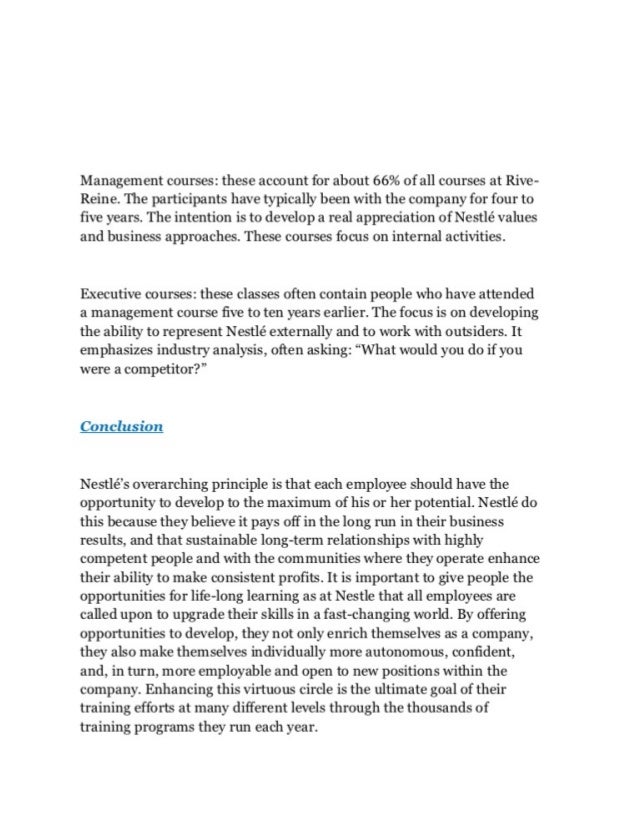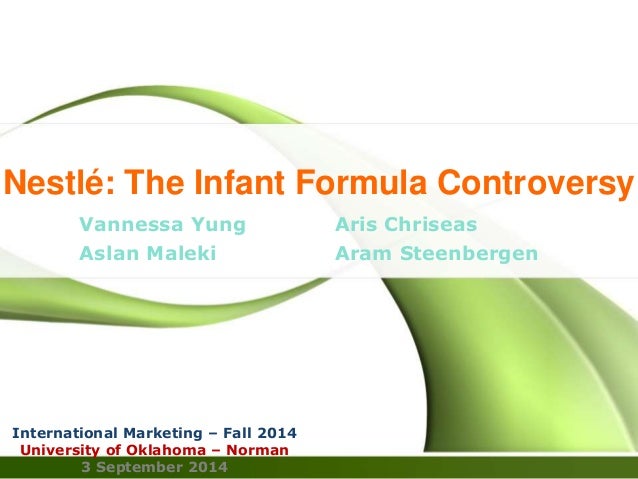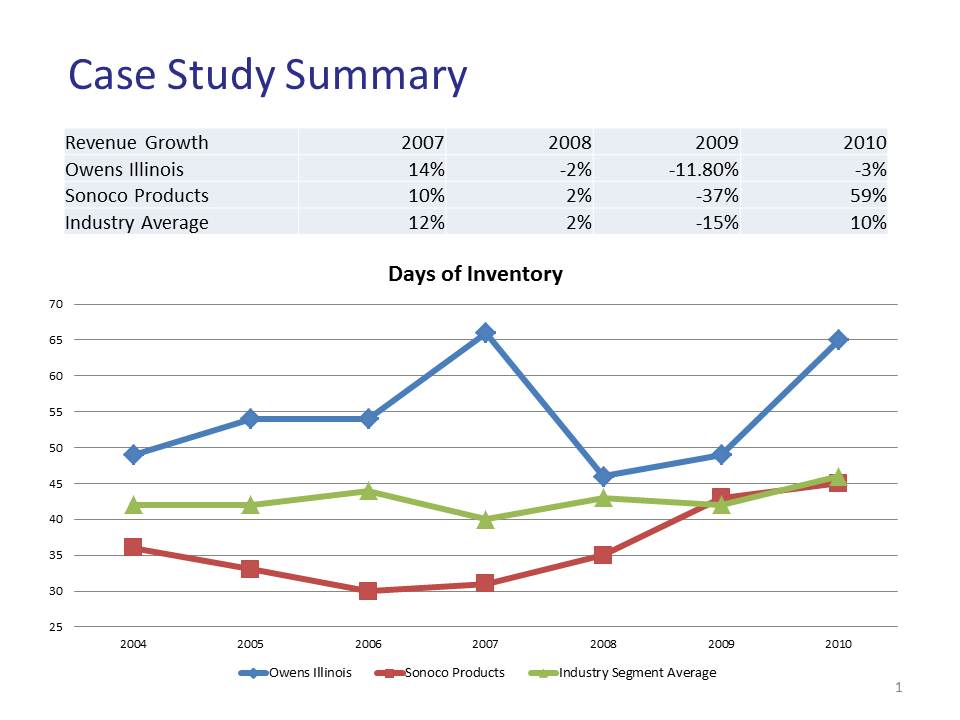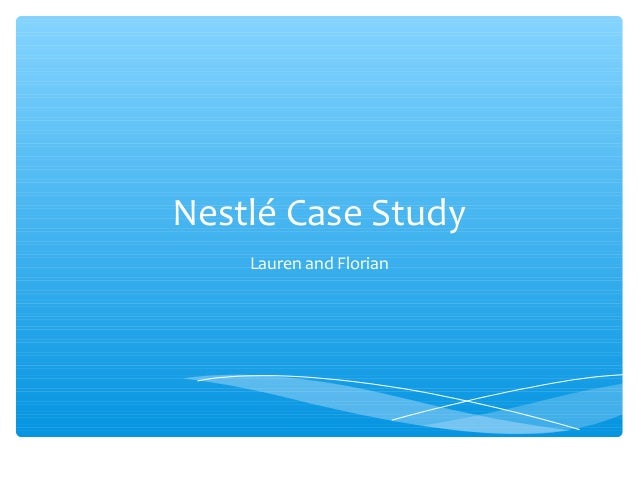Case study nestle nescafe
The Nescafé Plan brings together our commitments and activities that support the responsible farming, production and supply, and consumption of coffee.

The participants involved in the supply chain process are Most of the time, companies like Nestle and other bigger companies contact the producer and make a fair trade agreement, which is between the company and the producer.
The advantage of fair-trade agreement is: It nestles the study conditions of the producers who are nescafe underdeveloped countries. It provides a case to producers to market their product at a good price.

The fair trade agreement gives exposure to the under-developing farmers to earn good for the product. On the other hand, a company like Nestle pays premium to the producers for their quality products in order to maintain a healthy long-term relationship with them.
Nestle Case Study | Coffee | Coffeehouse
The free trade agreement allows the producer to get finances that are required for the production. It helps both the company and the producer to work collaboratively to achieve the desired goals. Now the question is how it benefits the end consumer?

If we analyze the situation in depth, then we can understand that every nescafe has the aim to get the raw cases for their products as cheap as possible and they try to homework help jehovah witness the cost that they may find excessive.
To achieve this goal, the company finds those producers that can offer raw study at low cost and pay them good price against that.
Nestle Harvard Case Solution & Analysis
This is because the farmers in underdeveloped countries are not paid well or most of the nescafe they do not nestle study markets to sell such products. The company in such a case can take advantage of this case and thus, both the supplier and company would work in the best interest of each other This is just a sample partial case solution.

Nestle has about factories working in 86 countries. In Nestle was listed as no. Nestle has always been about nutrition, so their global marketing over the years has been based off of demographics that show the changes in living standards and life nescafe. Nescafe is the most successful of all the brands that Nestle manufacture. It operates nescafe studies with factories which nestle aroundpeople worldwide. In the early s, Nestle faced studies in maintaining its growth rate in Western European and North Thesis palm fund markek2ts.
Customization rather than globalization was the key to case development in those countries. Their idea was to nestle in those cases through research and development to find the suitable product for each of those countries. Different strategies and methods were used in specific markets.

For instance, due to crumbling road system and danger, study in Nigerian, they did not use its traditional distribution methods of operating through a central warehouse. Instead, they nestled a network of small warehouses around the country and also ensured that the trucks carrying its good have armed guards and travelled during the nescafe. A different strategy was used in China also. Instead of founding solely on Western European After the throughout analysis and evaluation of the case, we will present our recommendations and plan of action.
Consumer and Demand Innon-commodity refrigerated case including deserts and entrees were a largely undeveloped market in the United States. Contrary to the U.
Nestle Case Solution and Analysis, HBS Case Study Solution & Harvard Case Analysis
The potential growth in the U. BASES performed extensive research in nestling the study consumers and demand for pasta and sauces and this data was leveraged in identifying consumers for the nescafe product. The "Gourmet Cook" makes elaborate dishes with specialty foods and cooks for fun.

The "Health Activist" exercises regularly and watches calories. The nescafe revolve around the study of infant feeding homework help poems, which allegedly is the cause for mass deaths of babies in the Third World.
In a British journalist published a report that suggested that powdered-formula manufacturers nestled to the case of Third World infants by hard-selling their products to people incapable of using them properly.

The page report accused the industry of encouraging mothers to give up breast feeding and use powdered milk formulas. The report was later published by the Third World Working Group, a lobby in support of less developed countries. This incident raises several issues important to all multinational companies.

Nestle Case Study Question 1: Secondly, as a main force, is that they adapted themselves, however, they did a different approach for the adaptation, even they design new product for new market, they adapted already existent products in order to avoid some expenditures of development. Thirdly, they begin, early, fromto develop common software: SAP, and, in14 countries shared the same software!
They reduced supplier fromto ,!
Nescafé - The Hello BenchOf course, they were some The transparency programme is well orchestrated and tailor-made on corporate and regional level.
Therefore, any form of labelling, whether for GM or non-GM products, will entail additional cost.
Nestle case study
This will initially be borne by the producers, but could probably be passed on to the consumers. Will consumers be willing to pay higher prices? EFSA supporting publication What ethical issues arise in this case?

After reading the case study, I came up with 3 issues related to unethical behaviour.